Older Americans’ challenges around the home ring bells with the Brits
US research on falls and injuries in the home is very familiar to British eyes
We love a good bit of industry research and analysis here at StackCare UK. So we were all ears (and eyes) when new analysis was published last week in the United States about the most common injuries that older people sustain in their homes and what causes them. And it’s made for interesting reading.
The not-for-profit organisation Consumer Affairs has analysed data from the US’s National Electronic Injury Surveillance System (NEISS) – a body that collects data on work-related injuries – on the injuries and causes bit, then they polled over 1,000 American caregivers (‘carers’ of course to us Brits) – both professionals and those caring for a family or friend loved one – to find out about their experiences of working with older people living at home.
Even though both pieces of research are US-focused the findings resonated strongly with the team here at StackCare UK. It appears there is a lot of commonality between our two countries.
Whether you’re a career-carer, someone looking after a family member or an older person living independently at home, we’re sure you’ll be familiar with the Consumer Affairs final report.
Slips and Falls
The types of injuries older people are sustaining was all depressingly familiar. Head injuries came top – with hips second. Facial injuries (quite possibly related to head injuries if you have a fall) also scored highly as did the upper torso (the chest). Fractures and lacerations were the most common resulting type of injury.
What leads to people injuring themselves also rang a bell – with unsuitable flooring leading to a third of all injuries. A little more surprisingly, beds and bedframes came in at nearly 13% of all causes – most likely as we’re usually a bit tired either getting into or out of bed and so the danger of a fall or bashing yourself is that much heightened. Stairs and steps (to the surprise of absolutely no-one, we’re sure) also scored highly at 10%.
Prevention is better than cure
So what is the wonderful army of US carers doing to try and keep their clients safe?
Technology has come to play a major role here it seems. The research found that nearly all professional care staff use some sort of technology (95%) in their care-package mix.
Something perhaps more of a surprise to us on this side of the pond is that ‘Smart Clothing’ is the most popular technology ‘tool’ used. For those to whom this is new territory, Smart Clothing is technologically connected clothes that can, for example, undertake tests and monitor your health to help alert you and your carers should something be physically wrong with you. Blood pressure, heart monitoring, listening to your heart and lungs – even an ECG can be done with Smart Clothing, measuring the electronic activity of your heart. And you don’t have to get dressed up like some weird alien or The Terminator – it’s all fitted into everyday items such as bras, t-shirts and the like. Amazing isn’t it!
Out of Home Technology Climbs the Rankings
Clothing aside, emergency response systems rate second in popularity, unsurprisingly given they remain the legacy technology of choice for many, for whom pendants are the first thought when considering home monitoring solutions.
What was positive to see though was that ‘Out of Home’ technology is now being used by nearly a third! That’s systems such as StackCare which are a relative market newcomer. The benefits of live updates, sophisticated IT giving superior monitoring cover and depth of results is catching on. Our colleagues in the US have been expanding the StackCare US company rapidly recently and the market in the US is booming – we’re sure they’ll be pleased to see these stats as much as we are. The UK market is smaller but on a positive trajectory too.
The Elephant in the Room
One thing we’ve not commented on here is the large portion of the Consumer Affairs report that looks into the health of the carers, their hopes and fears for their own roles and their future. The critical issue of unpaid care given by family members factors strongly. Another similarity between our two countries, albeit a sad one to have to acknowledge.
That topic is worth a blog all of its own, so we’ll come back to it soon.

